Rashidun Caliphate (651–661)
The Rashidun Caliphs and Their Presence in Iran
The Rashidun Caliphs (Abu Bakr, Umar, Uthman, and Ali) were the first four caliphs after Prophet Muhammad (PBUH), ruling from 632 to 661 CE. This period marked significant Muslim conquests, including the expansion of Islam into Persia (modern-day Iran).
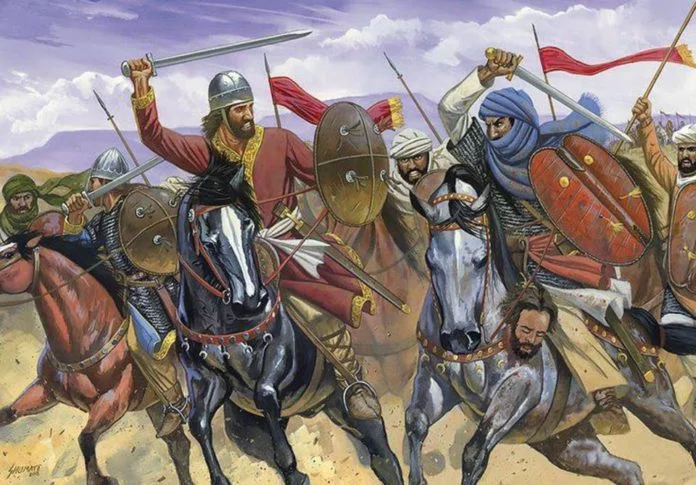
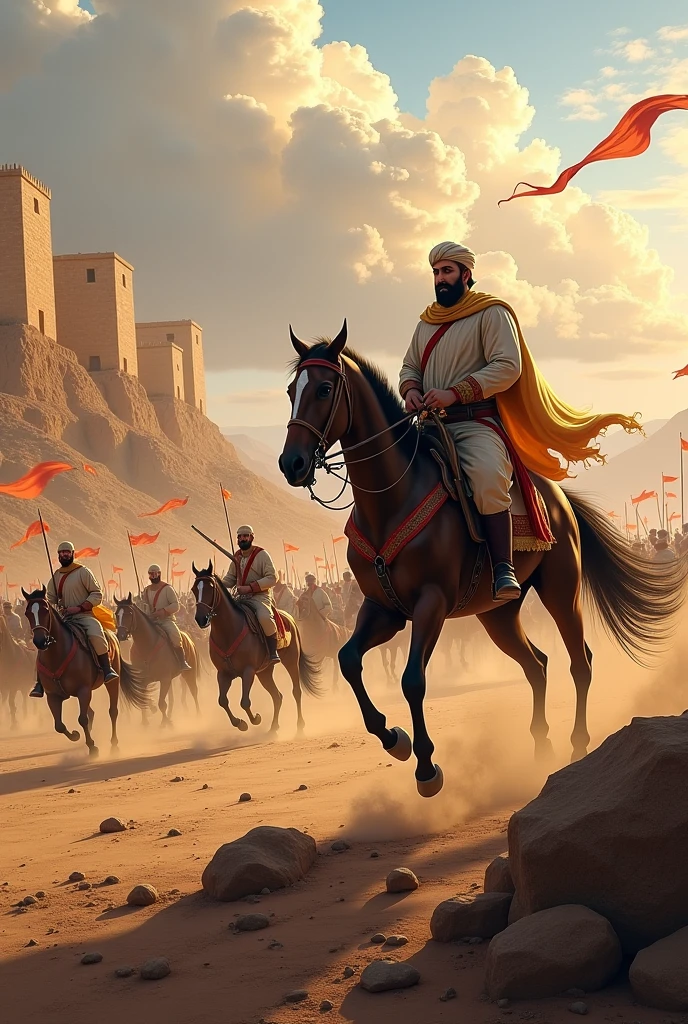
The Muslim Conquest of Iran
The conquest of Iran began during the reign of Umar ibn al-Khattab (634-644 CE). At that time, Iran was under the rule of the Sasanian Empire, led by Yazdegerd III.
Reasons for the Sasanian Defeat:
- Economic and military weakness following prolonged wars with the Byzantine Empire
- Corruption in the royal court and internal power struggles
- Public discontent due to heavy taxation and social injustices

The Battle of Jalula (637 CE)
This battle resulted in the defeat of Sasanian forces and secured northern Iraq for the Muslims.The Battle of Nahavand (642 CE)
Known as the “Victory of Victories,” this battle marked the final significant resistance of the Sasanian Empire. After this battle, most of the Iranian Plateau came under Muslim control.
Key Battles and Conquests
The Battle of Qadisiyyah (636 CE)
One of the most crucial battles between Muslims and the Sasanians, it ended in a decisive Muslim victory under the command of Sa’d ibn Abi Waqqas. This victory paved the way for the capture of Ctesiphon (Madain), the Sasanian capital.The Capture of Ctesiphon (637 CE)
The magnificent Sasanian capital was taken with little resistance.
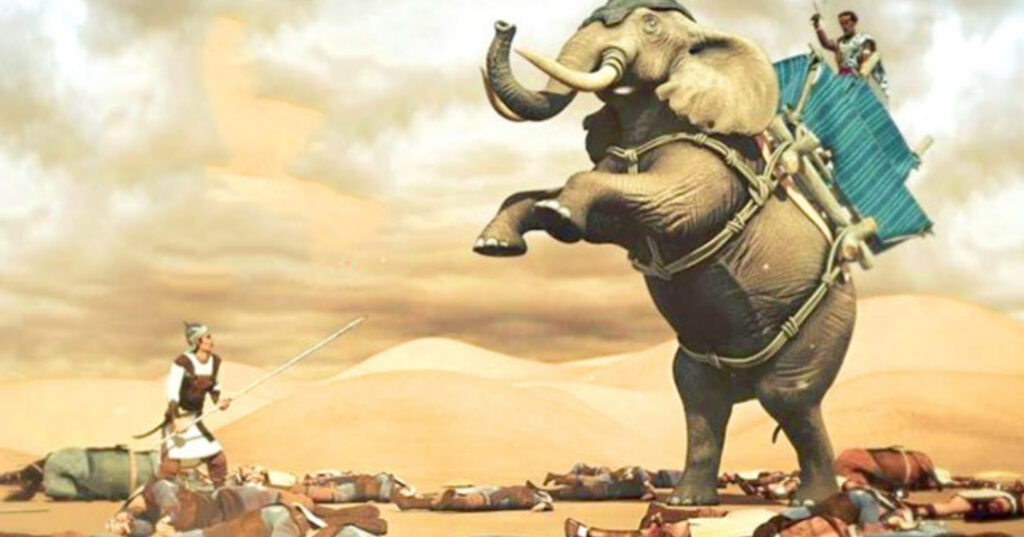
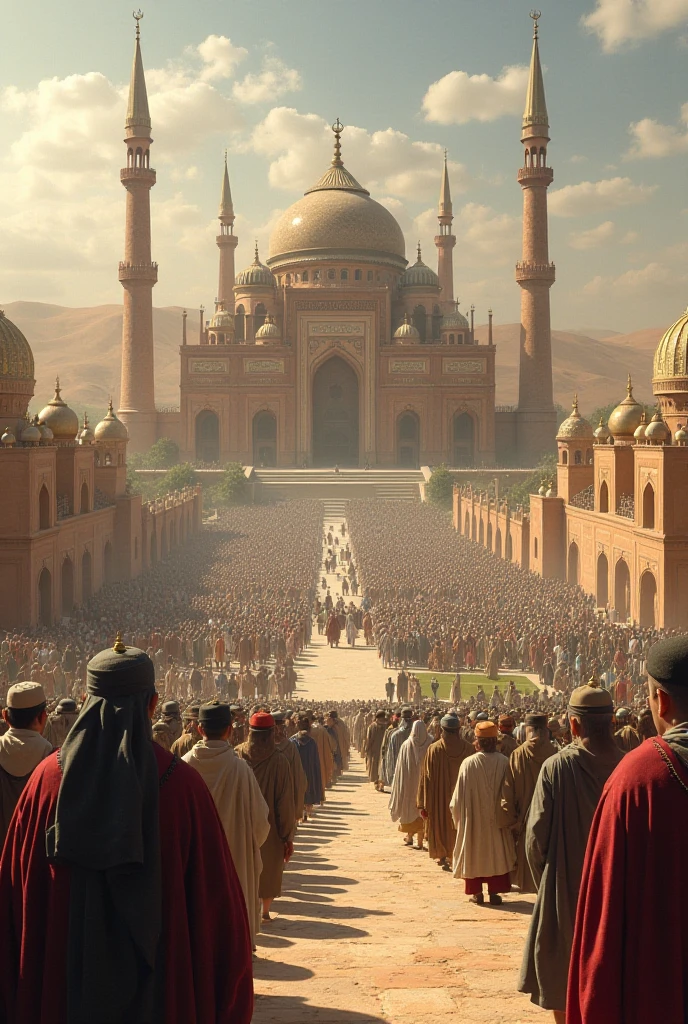
Conquest of Major Iranian Cities
- Isfahan: Captured by Abdullah ibn Budeil
- Shiraz and Fars: Conquered by Uthman ibn Abi al-As
- Kerman: Taken by Suhail ibn Adi
- Khorasan: Conquered by Ahnaf ibn Qais
Legacy of the Rashidun Caliphs in Iran
- Spread of Islam: Iran became a major center for Islamic culture and civilization.
- Governance Transformation: The administrative structure shifted from a monarchy to Islamic provinces.
- Cultural Exchange: Iranian culture significantly influenced the development of Islamic civilization.
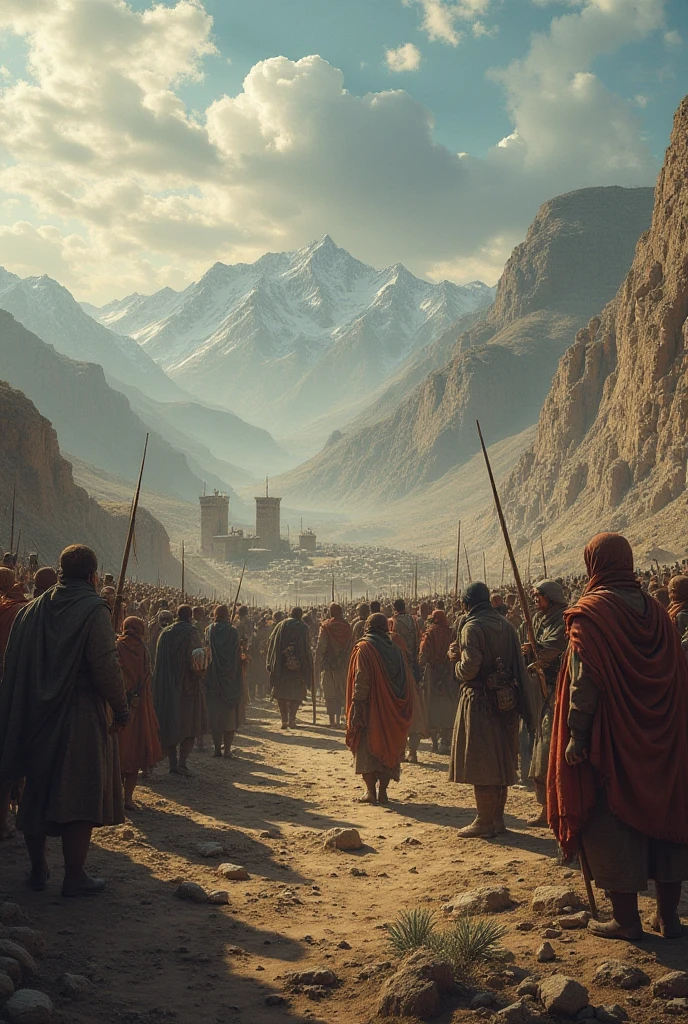
Iran After the Conquest
1. Spread of Islam and Religious Changes
Following the conquest, many Iranians embraced Islam, although Zoroastrianism persisted in regions like Yazd and Kerman for a long time.
2. Administrative Reforms
Iranians played a crucial role in the administrative affairs of the Rashidun Caliphate. Many Persian officials were integrated into the governance structure.
3. Cultural Interaction
Iranians preserved their language and many cultural practices while contributing significantly to Islamic sciences and arts.
4. Local Resistance
Regions such as Tabaristan and Gilan resisted Muslim rule for a long time and were fully integrated only in later periods.
